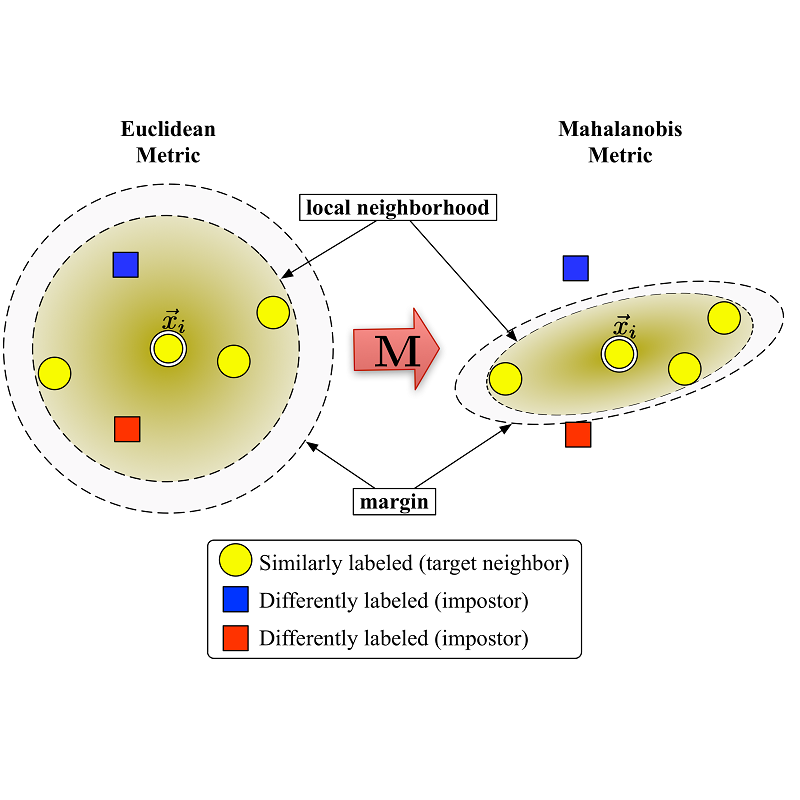The visual detection and tracking of surface terrain is required for spacecraft to safely land on or navigate within close proximity to celestial objects. Current approaches rely on template matching with pre-gathered patch-based features, which are expensive to obtain and a limiting factor in perceptual capability. While recent literature has focused on in-situ detection methods to enhance navigation and operational autonomy, robust description is still needed. In this work, we explore metric learning as the lightweight feature description mechanism and find that current solutions fail to address inter-class similarity and multi-view observational geometry. We attribute this to the view-unaware attention mechanism and introduce Multi-view Attention Regularizations (MARs) to constrain the channel and spatial attention across multiple feature views, regularizing the what and where of attention focus. We thoroughly analyze many modern metric learning losses with and without MARs and demonstrate improved terrain-feature recognition performance by upwards of 85%. We additionally introduce the Luna-1 dataset, consisting of Moon crater landmarks and reference navigation frames from NASA mission data to support future research in this difficult task. Luna-1 and source code are publicly available at https://droneslab.github.io/mars/.
翻译:暂无翻译


